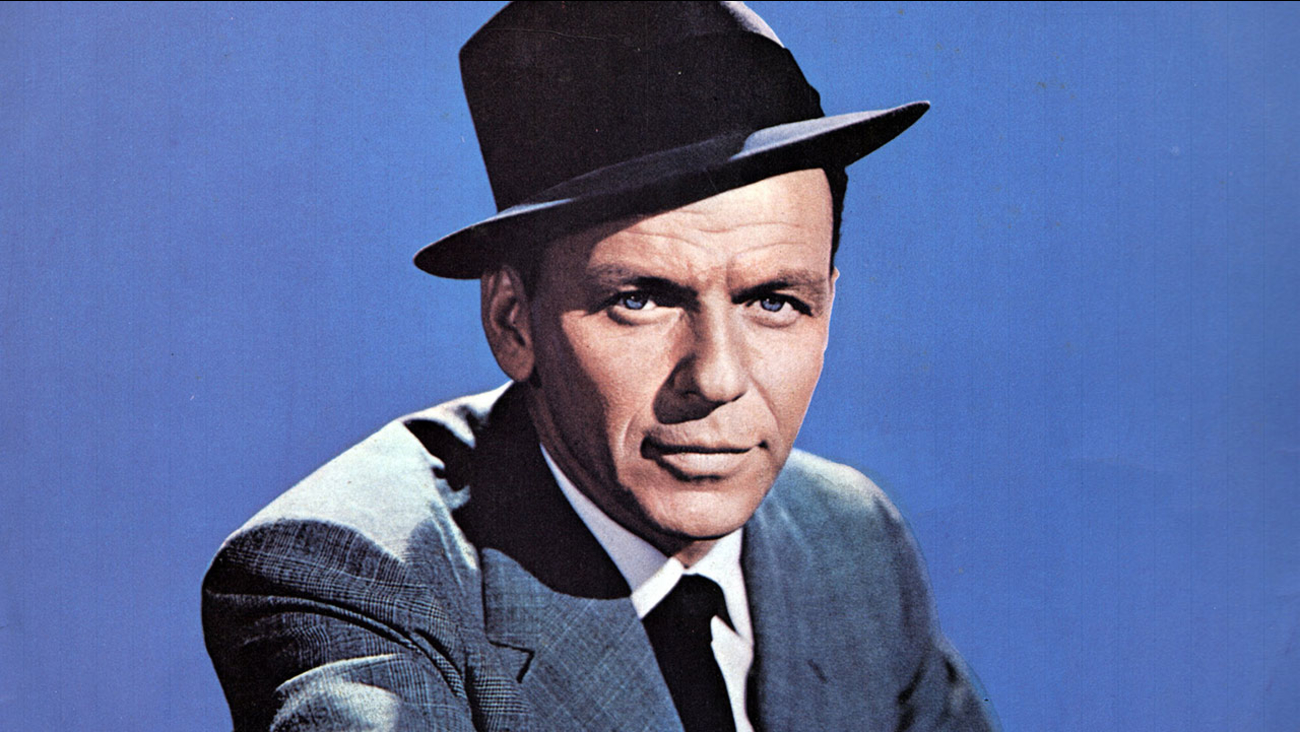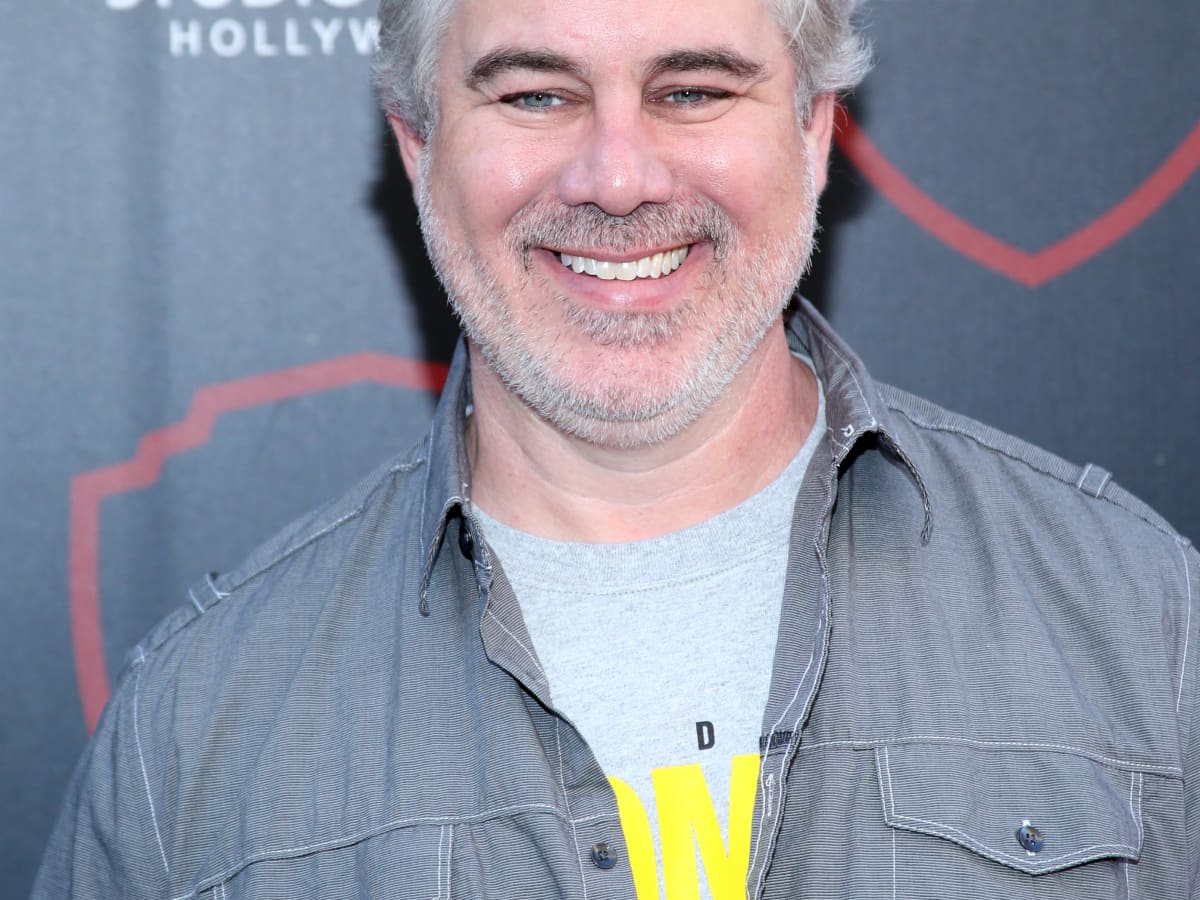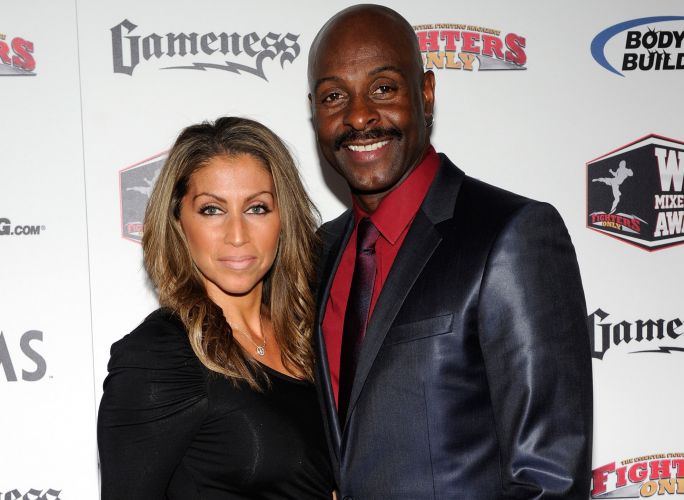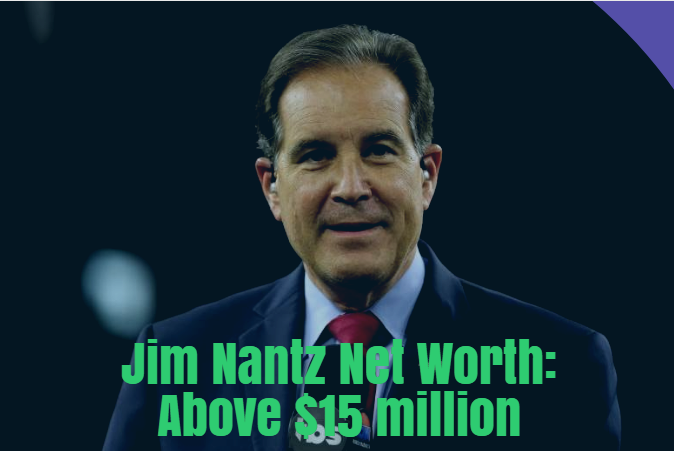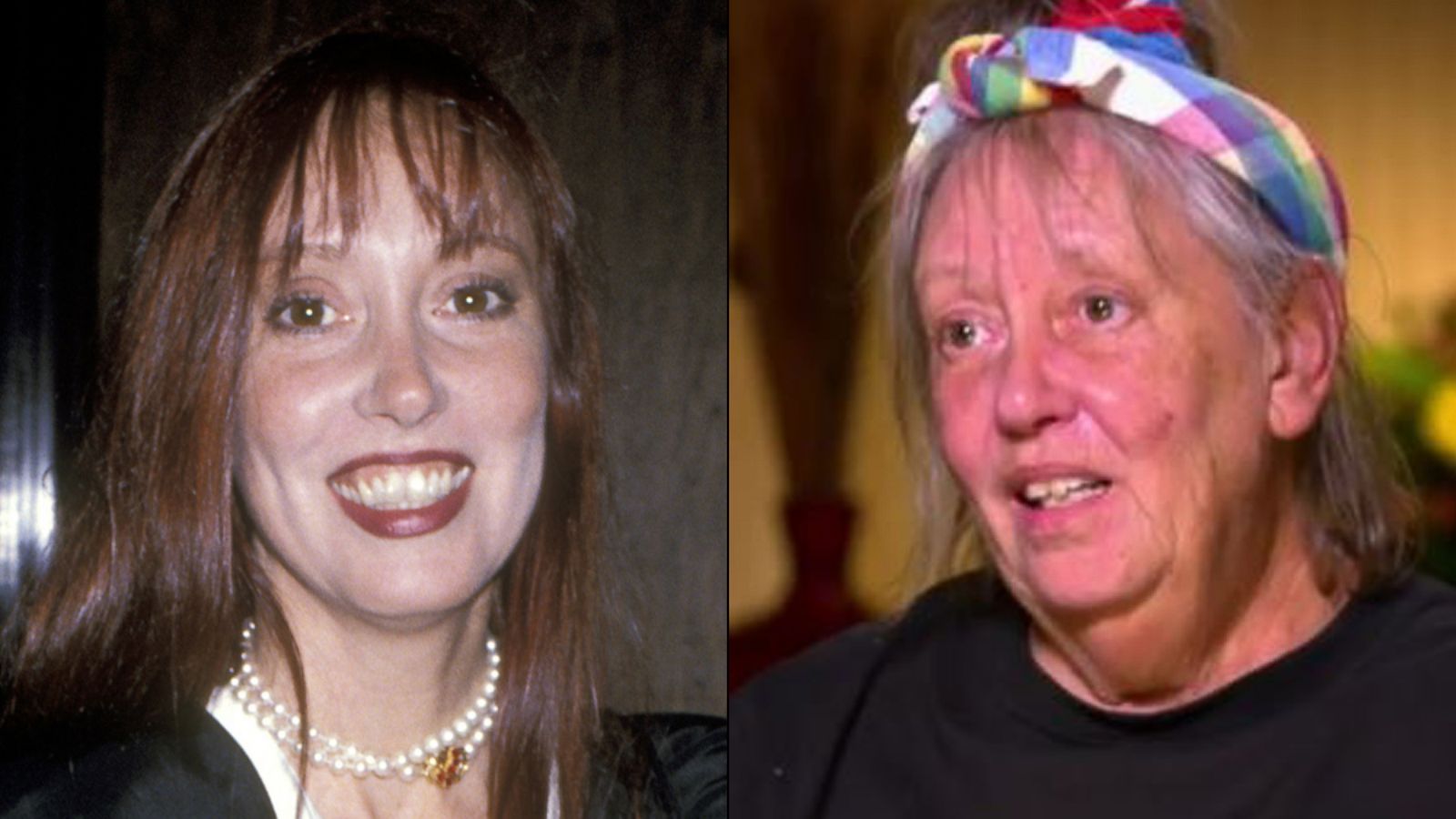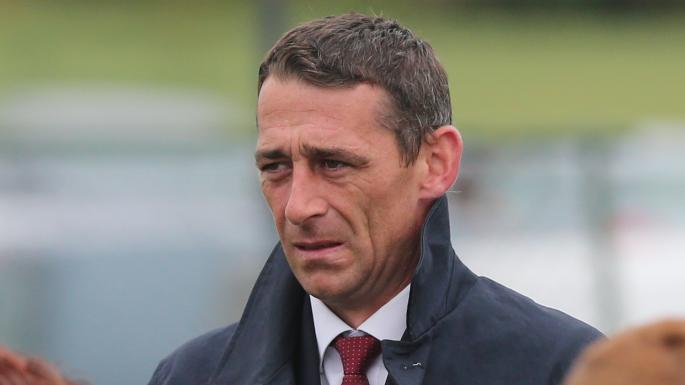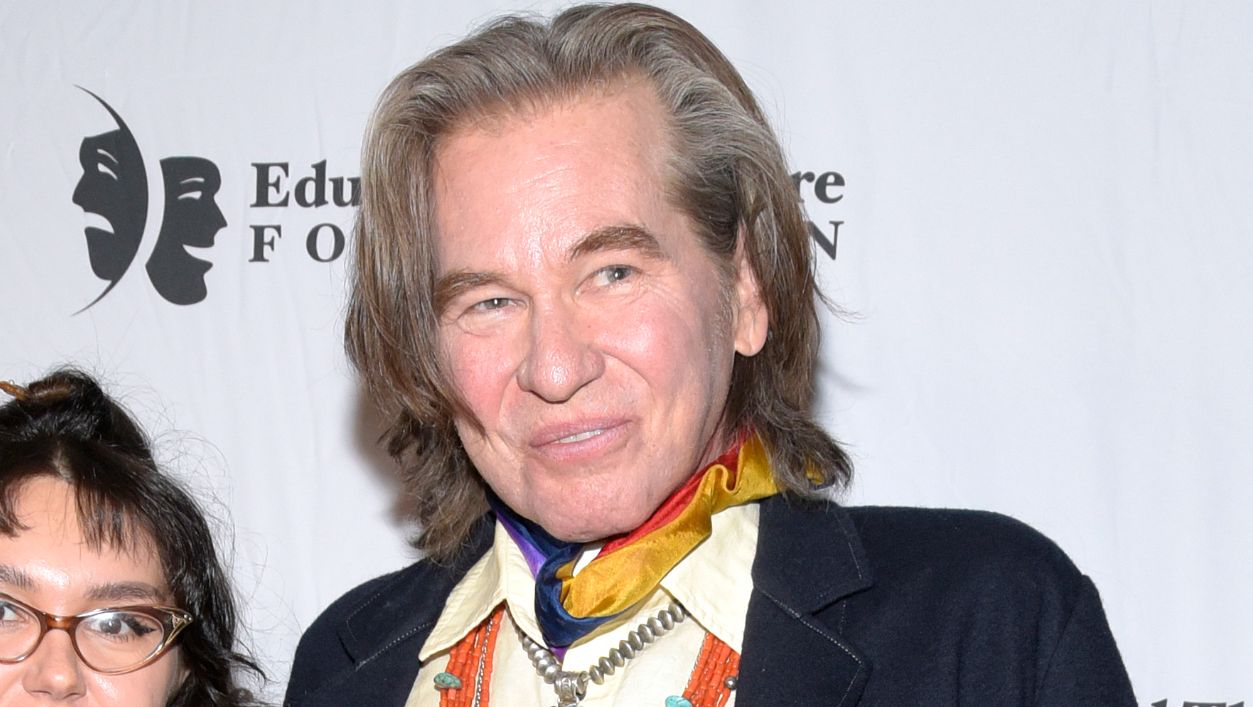Below is a compiled list of the most interesting facts about Frank Sinatra. Check it out!
Frank Sinatra was born in Hoboken, New Jersey, to Italian immigrants Natalina Della (Garaventa), from Northern Italy, and Saverio Antonino Martino Sinatra, a Sicilian boxer, fireman, and bar owner. Growing up on the gritty streets of Hoboken made Sinatra determined to work hard to get ahead. Starting out as a saloon singer in musty little dives (he carried his own P.A. system), he eventually got work as a band singer, first with The Hoboken Four, then with Harry James and then Tommy Dorsey. With the help of George Evans (Sinatra’s genius press agent), his image was shaped into that of a street thug and punk who was saved by his first wife, Nancy Barbato Sinatra. In 1942 he started his solo career, instantly finding fame as the king of the bobbysoxers–the young women and girls who were his fans–and becoming the most popular singer of the era among teenage music fans. About that time his film career was also starting in earnest, and after appearances in a few small films, he struck box-office gold with a lead role in Anchors Aweigh (1945) with Gene Kelly, a Best Picture nominee at the 1946 Academy Awards. Sinatra was awarded a special Oscar for his part in a short film that spoke out against intolerance, The House I Live In (1945). His career on a high, Sinatra went from strength to strength on record, stage and screen, peaking in 1949, once again with Gene Kelly, in the MGM musical On the Town (1949) and Take Me Out to the Ball Game (1949). A controversial public affair with screen siren Ava Gardner broke up his marriage to Nancy Barbato Sinatra and did his career little good, and his record sales dwindled. He continued to act, although in lesser films such as Meet Danny Wilson (1952), and a vocal cord hemorrhage all but ended his career. He fought back, though, finally securing a role he desperately wanted–Maggio in From Here to Eternity (1953). He won an Oscar for best supporting actor and followed this with a scintillating performance as a cold-blooded assassin hired to kill the US President in Suddenly (1954). Arguably a career-best performance–garnering him an Academy Award nomination for Best Actor–was his role as a pathetic heroin addict in the powerful drama The Man with the Golden Arm (1955).
Interesting Facts about Frank Sinatra
- He was awarded 3 Stars on the Hollywood Walk of Fame for Motion Pictures at 1600 Vine Street, for Recording at 1737 Vine Street, and for Television at 6538 Hollywood Boulevard in Hollywood, California.
- While filming a funeral scene in Robin and the 7 Hoods (1964), he learned that his close friend and benefactor, President John F. Kennedy, had been killed in Dallas earlier that day.
- Lee J. Cobb credited Sinatra with saving his life after his career was nearly ruined by his defiance of the House Un-American Activities Committee investigating Communist “subversion” in the film industry. Cobb had defied HUAC for two years, after being named as a supposed Communist by Larry Parks in 1951. During those two years, Cobb’s once flourishing career floundered and his wife had to be institutionalized after having a mental breakdown. Finally he agreed to testify as a “friendly” witness, appearing before HUAC in 1953. At the conclusion of his testimony, he praised the committee. Soon after his appearance there he had a massive heart attack. Sinatra–who barely knew Cobb–got him a part in his film The Miracle of the Bells (1948) when no other studio would hire Cobb. In addition, knowing that Cobb was broke, Sinatra paid his hospital bills, then had Cobb stay with him before renting him a luxurious apartment. Cobb believes that Sinatra identified with him as a troubled artist down on his luck, as Sinatra’s own career had been in a severe tailspin before he resurrected himself by winning an Oscar for From Here to Eternity (1953). Cobb later said that if it wasn’t for Sinatra, he didn’t think he would have come through that period alive. Sinatra told Cobb he thought that Cobb was “robbed” when he failed to win the Oscar for his performance as Johnny Friendly in On the Waterfront (1954) (ironically, Sinatra originally had been scheduled to star in the picture, which was filmed in his hometown of Hoboken, NJ, but producer Sam Spiegel gave the role to Marlon Brando when he realized he could raise $1 million in financing for the picture by using Brando versus $500,000 if Sinatra was the star).
- He was known to be very popular with studio musicians. Accounts by people who worked with him agree that he was an absolutely focused professional who knew exactly what he wanted and was quick to express his satisfaction when he got it. There are also stories of him being generous with money to musicians who were in trouble.
- He is mentioned in the lyrics of several songs, including “On and On” by Stephen Bishop, “Sugar Mice” by Marillion, “Hey Manhattan!” by Prefab Sprout, “She Goes On” by Crowded House and “It’s My Life” by Bon Jovi. His death is referred to in the Badly Drawn Boy song “You Were Right”. In 2016, The Avalanches released the song “Frankie Sinatra”.
- He was a fan of the TV show Magnum, P.I. (1980) and wanted to appear as a guest star. Through Larry Manetti a message was delivered to producer/star Tom Selleck for Tom to give Frank a call. When Tom called, Frank told him that he wanted to appear on Magnum, but that Tom should not worry, because he did not want to be paid, he just wanted his expenses paid. Tom agreed, and asked Frank what kind of story line he wanted for his character. Frank said that he did not care, as long as his character was a tough guy, and that there be a fight scene where Frank knocks someone out. Tom agreed to Frank’s terms and concept for the character Frank would play, and Frank did appear on Magnum in 1986, in what would be Frank’s last, full acting, non-cameo role. Frank’s “expenses” turned out to be a problem for the producers of Magnum and CBS (the network which aired Magnum during its original broadcast run), because Frank’s expenses included the costs for his personal jet and his full entourage. The final expenses tally? $300,000 (in 1986 dollars!) This story has been related by Tom Selleck on several talk shows through the years, including on the October 4, 2013 airing of Late Show with David Letterman (1993).
- He was the one-time son-in-law of John Farrow and Maureen O’Sullivan.
- While visiting Capitol Records in 1960, he refused to pay the 50-cent entry fee at the parking garage. The attendant had his car towed.
- An accomplished amateur painter, he not only recorded the Grammy-winning album “Frank Sinatra Sings for Only the Lonely” (Capitol: 1958), but designed the cover art, as well.
- On 14 May 1998, his last day of life, his family drove him to the hospital, frantically running stop signs and red lights. However, traffic was unusually light at that time, since many Americans were at home watching the final episode of the TV show Seinfeld (1989).
- He has sold over 250 million records worldwide.
- He received the Jean Hersholt Humanitarian Award at the 1971 Academy Awards for his many contributions to charity over the years. Bob Hope, who hosted the Oscars that year, remarked, “It’s interesting how Sinatra announced his retirement, and they gave him a humanitarian award”. Sinatra himself hosted or co-hosted the Academy Awards four different times, in 1963, 1969, 1975 and 1985.
Personal Quotes by Frank Sinatra
Dare to wear the foolish clown face.
Frank Sinatra
I am a thing of beauty.
Frank Sinatra
